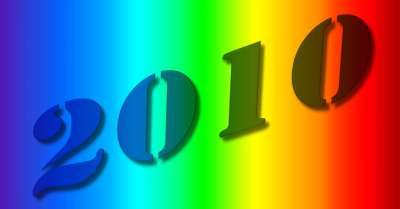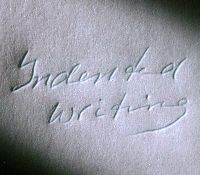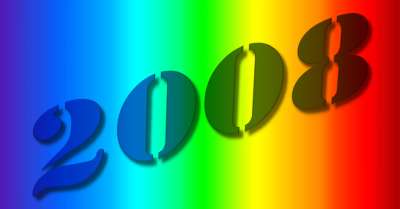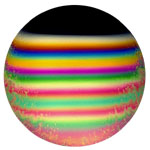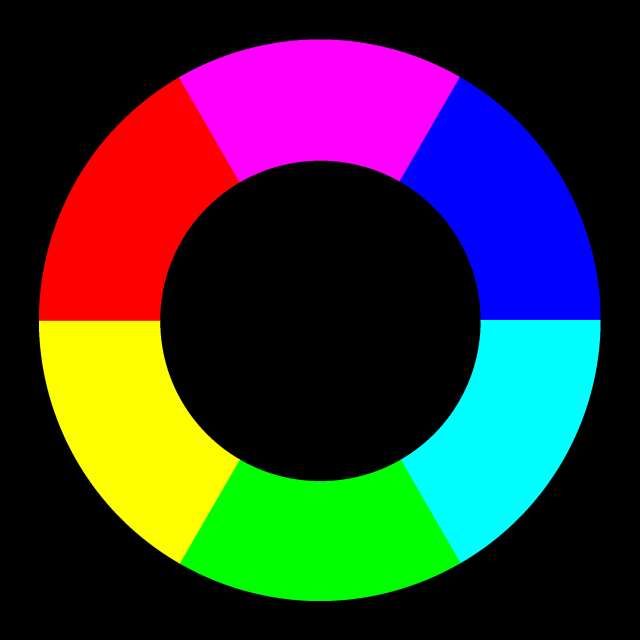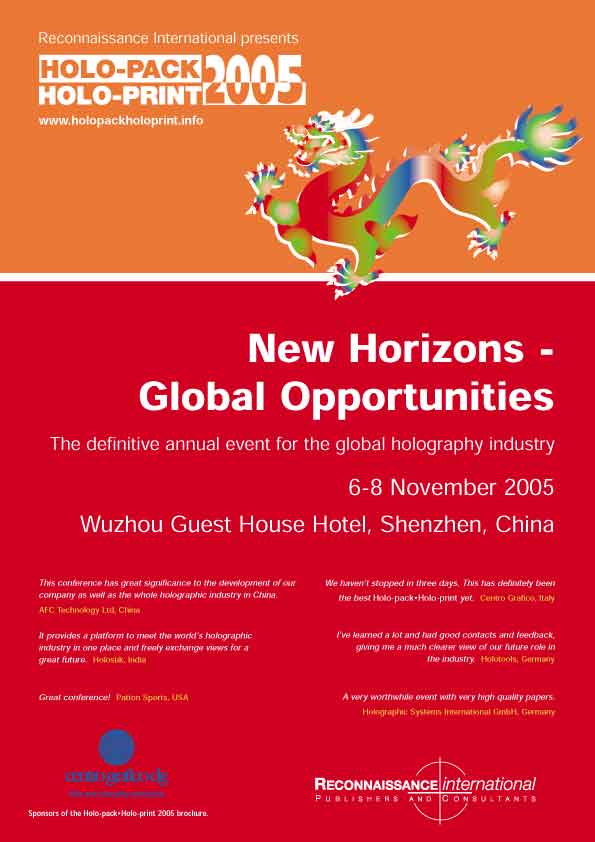Patent & publication research, security audits.
Courses on holography, document & product security, theory of colours.
Workshops and Courses
Securing Value Documents - Detecting Counterfeits
Short course presented at Holopack.Holoprint & the 9th Asian High Security Conference, Kuala Lumpur, Malaysia, 17 November 2010.
This course treated a broad variety of imitations of security features. The effectivity of these features against counterfeiting was discussed.
The presentation was made available to attendees of the Short Course only.
Short Course on Optically Variable Devices at ODS II - 2010
Part of the Conference Optical Document Security II in 2010 was a half-day course on Optically Variable Devices on January 20, 2010.
This course surveys a broad variety of OVDs, extensive image material is presented and the relative security value of different features is assessed with the methods available to professional counterfeiters in mind.
The presentation is made available to the course attendees on CD-ROM. For details see the conference website..
Extended Course on Document Security
A course of four half days was presented in November 2008 for the Guardia Civil in Madrid, Spain.
The course comprised:
. Theory of Colors
. Video Spectral Comparator
. Printed Security Patterns
. Optically Variable Devices
Short Course on Optical Document Security
During the 2008 Conference on Optical Document Security, San Francisco, the short course with the same name was given for the 7th time.
This half-day course gives an overview of a wide variety of optical security features ranging from classic optically invariable devices, such as watermarks and intaglio printing, via tilt images, fluorescence and digital anti-copy devices to optically variable devices, based on diffraction and interference. Their basic physical principles are treated and their first and second line inspection properties are discussed. Genuine and counterfeit documents are used as illustrations.
This workshop was given prior to the biannual SPIE conferences in 1996, 1998, 2000, 2002, 2004 and 2006 and now at the 2008 Conference on Optical Document Security.
A preview of the workshop contents is given in the following download (3.6 Mb).
Download: Workshop ODS.pdf
Extended course on Holography
An extended course on the security aspects of holography has been presented in July 2007 for a National Mint of a country of the European Union. The course comprised five half days and introduced diffraction and interference type phenomena and treated numerous security aspects of iridiscent optically variable security features. Hands on demonstrations of various optical effects and security features were given.
Courses on the Theory of Colours
Basic courses on the theory of colours are given on an annual basis at the training classes of the Police Academy of the Netherlands in Zutphen and the Royal Dutch Marechaussee in Apeldoorn.
For some basics on colour theory, reference is made to the paper True Color Theory.
Workshop on Holograms for Governments
This workshop was given at the Holo-pack*Holo-print 2005 Conference in Shenzhen, People's Rupublic of China, November 2005.
Iridescent optically variable devices (OVDs) are either based on (1) light diffraction at fine gratings or on (2) light interference in thin-film structures.
1. Diffraction based OVDs are coined Diffractive Optically Variable Image Devices (DOVIDs) and comprise true 3D holograms and 2D diffractive designs.
2. Interference based OVDs are coined Interference Security Image Structures (ISIS) and, amongst others, comprise so called volume reflection holograms (Denysiuk Holograms).
DOVIDs play the main role as security features on government-issued documents like banknotes, ID-cards, passports, tax seals and travel documents, while the use of volume reflection holograms appears limited to travel documents.
A brief introduction is given on light diffraction. The various processes to manufacture DOVIDs are discussed: laser interference, electron beam lithography and LCD technologies. Many examples are given of security elements that can be embedded in holograms. The security value of holograms can be increased by integrating them into the document and various options to achieve this are illustrated: substrate embedding, overprinting and lamination. Synergistic combination of holograms with other technologies renders an additional means of security enhancement.
The selection of a hologram for a certain application depends in the first place on who is going to inspect it. An abundance of high security second-line hologram features exists that makes faithful counterfeiting virtually impossible but is of no avail to the general public. Contrary, hologram features that combine ergonomic first line inspection with high security are relatively rare.
If first-line inspection is required, human factors (ergonomics) must be adequately dealt with. The importance of human factors for first-line document security is discussed.
Enhanced counterfeit resistance is often pursued by increasing the complexity of the hologram design. However, such macro-complexity significantly decreases the ease of first-line inspection and thus involves a human factors drawback. An advantageous alternative to enhance counterfeit resistance is to increase the complexity of the hologram nano-structure. The unique optical effects resulting from such nano-complexity allow relatively easy inspection in first-line.
Often, as a last resort approach, public education is undertaken by explaining the function of security features to the general public in brochures and on the internet. A series of examples is shown, ranging from extremely ineffective to very instructive.
And what about the future of DOVIDs as document security features?
Download: Holopack2005 Brochure.pdf
Workshop on Computerised Origination Systems
This workshop was given at the Holo-pack*Holo-print 2003 Conference in Vancouver, November 2003.
More and more holograms are originated using digitised artwork and computerised exposure control systems. Today, every serious hologram origination studio has to offer dot matrix or similar originations; there are over 100 in active use around the world, some claiming particular suitability for security holograms, while many successful packaging designs are dot matrix originations. Some systems are proprietary, one-off systems designed by the studio, but most of the systems in use are made by one of the commercial suppliers. How do the commercial systems compare to the proprietary systems? And how do you choose the system that is right for you? What is the significance in design and in use of the published specifications for dot size, shape and resolution? How does this affect exposure times? What about the colour palette available? What does this mean in actual use?
In this workshop, Rudolf Van Renesse will examine the specifications and characteristics of the available computerised origination systems, to guide you in what the these mean in the design and origination of holograms and which are the critical issues for different types of hologram.
Van Renesse, formerly of the TNO Applied Physics Research Laboratory in the Netherlands, has been making holograms since the 1970s. Editor of the first two editions of Optical Document Security and author of the third edition now in preparation, he is respected for his analysis of document security features and their production.
Who should attend? Holographers and executives from companies expecting to buy, build or upgrade computerised origination systems.
Download: Holopack2003 Brochure.pdf
